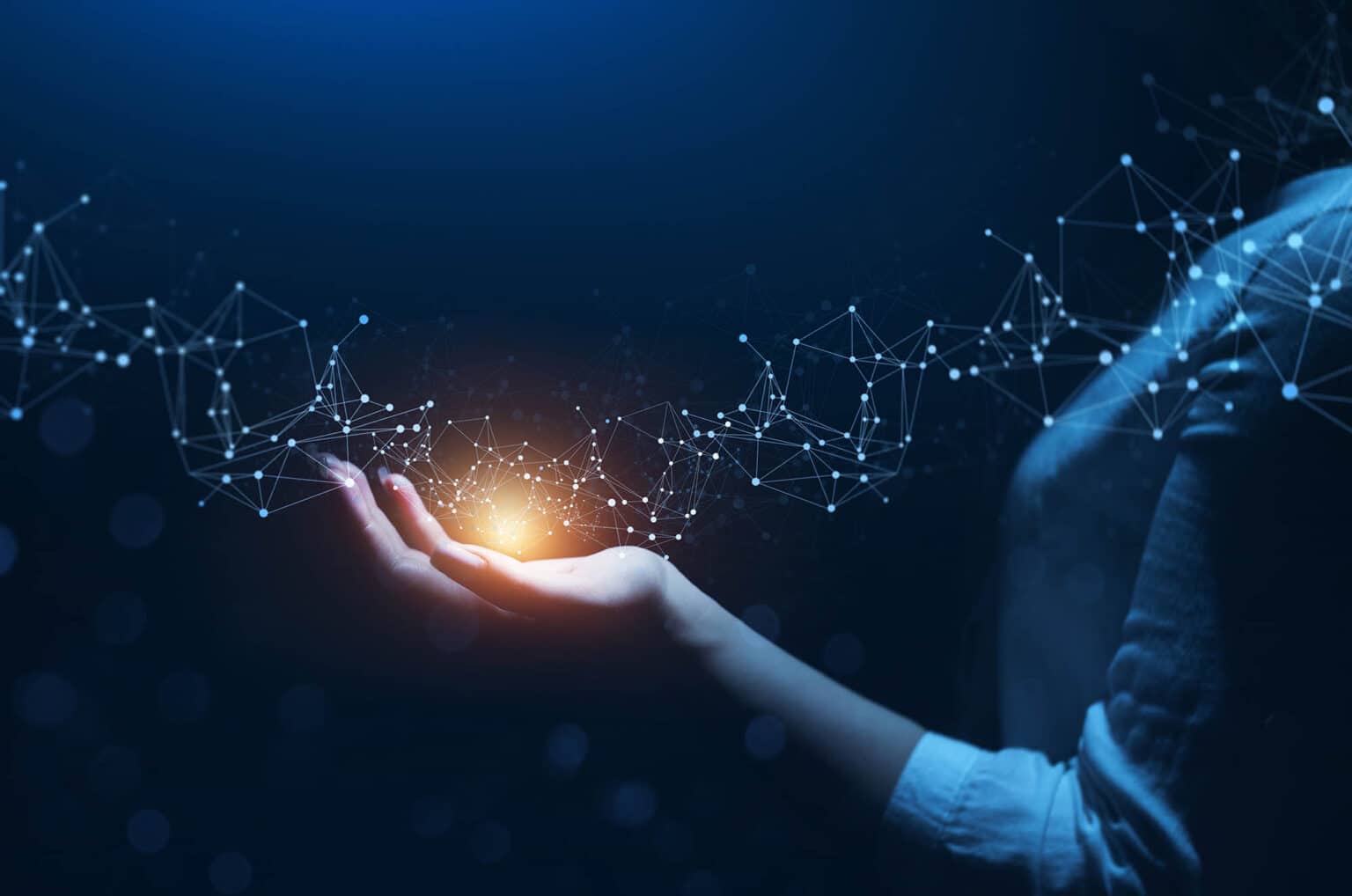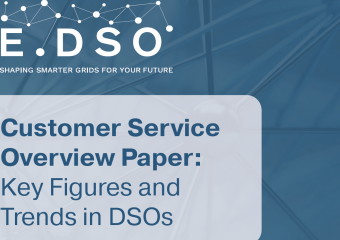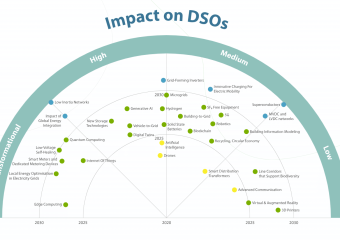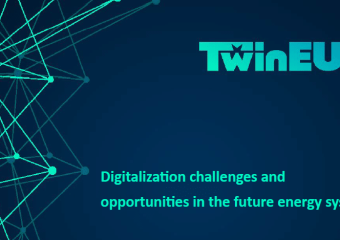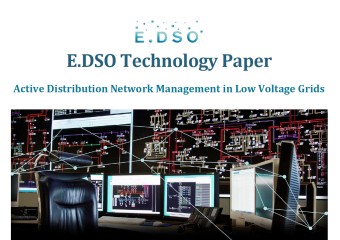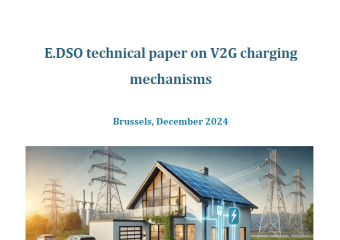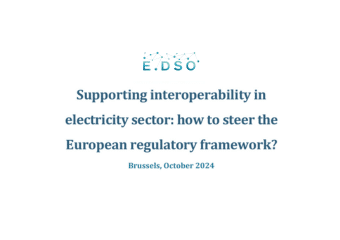Introduction
The decarbonisation of the energy sector comes with a set of challenges to the traditional planning and operational practices used by grid operators’ all across Europe. In response to these challenges several innovation projects have been launched with the support of the EU commission. Findings from these projects suggest that increasing the system flexibility is necessary to mitigate potential mismatches in supply and demand induced by renewable generation. Already in 2019, the EU established that the future electricity system should integrate all the available sources of flexibility making use of digitalisation and innovative technologies.[1] As a response, technology providers have come up with solutions embedding this new reality. However, the lack of interoperability between these solutions poses a major barrier to efficient system operation, since the different technologies have evolved separately over the years, and it is now challenging to make these separate realities work and communicate in a common way. The Interconnect project is a pivotal initiative to foster interoperability between these solutions, in particular through the creation of a semantic interoperability framework (SIF) based on the SAREF ontology that brings interoperability enablers to all stakeholders and the development of a Distribution System Operators standard interface (DSOi).
What is the DSOi and why does it matter?
The DSOi was developed to address the interoperable data exchange between the DSO and other market parties, such as services providers and flexibility aggregators to support network flexibility, data sharing and enhanced grid observability. If the SIF allows for the translation of existing data models into SAREF to make them interoperable, the DSOI leverages on the SIF to enable the communication between DSOs and household devices. This technology allows data transactions between DSO and service providers for a more efficient system operation and to integrate consumers into the energy value chain.
What are the main innovations brought by the DSOI?
The DSOi is a major innovation fostering interoperability among diverse stakeholders in the energy sector. Its development brought together DSOs, energy and building sector stakeholders, manufacturers, and end-users with varying interests and standards to deploy end-to-end interoperability for demand side flexibility using a common standard.
Key innovations:
- Automatic Mobilization of Demand-side Flexibility: The DSOi allows energy management systems like those controlling heating, electric vehicles or smart appliances to automatically adjust electricity use. This allows to leverage the flexibility in the household electricity consumption. This flexibility can be used by network operators to manage the electricity grids more efficiently, but since it is a paid service, it also gives a potential additional revenue stream to the consumers, without limiting their consumer behavior patterns.
- Enhanced User Data Sharing: The DSOi improves user data sharing by making metering data available to the end user in a fully interoperable manner, while upholding cybersecurity and privacy standards. This allows users and service providers to access valuable information in a dynamic display.
- Increased Observability for Home Appliances: The DSOi enhances network visibility for home appliances which are mostly passive and not actively monitored. This enables an increased observability over the network that enables a faster identification of potential outages and electricity quality issues.
- Direct communication of the electricity system needs: In alignment with the EU goal of developing Common European Reference Framework (CERF) based consumer energy-saving applications, the DSOi is capable of directly communicating the power system’s needs to final consumers’ energy applications. This helps consumers to adjust their consumption in an informed and voluntary manner, contributing to a more efficient operation of the distribution system.
EU wide replication and future prospects:
The DSOi stands as a pioneering solution in achieving interoperability in the energy sector, paving the way for a more flexible, efficient, and sustainable energy future which could be replicated across the EU. In this line, other DSOs have shown interest in following the results of Interconnect as they consider that interoperable data frameworks drive efficiency and innovation and are considering replicating the DSOi at a larger scale. Moreover, participants are confident of the DSOi potential to support additional use cases. As in any innovative solution, there are still some remaining obstacles that need to be addressed from the technical, regulatory and social perspective to enable its replication. Despite these, it is clear that the DSOi could be seen as an emerging accelerator in integrating renewable energy into the distribution network across the European Union.
Do you feel like knowing more about the DSOi?
Download the paper to be guided on a walk-through the interface with a deep dive into the DSOi details and technical specifications. It also delves on the assessment of remaining barriers and recommendations to enable its replication across the EU member states and beyond.
[1] Regulation (EU) 2019/943 of the EU parliament and the Council of 5 June 2019 on the internal market for electricity, Preamble n.7
